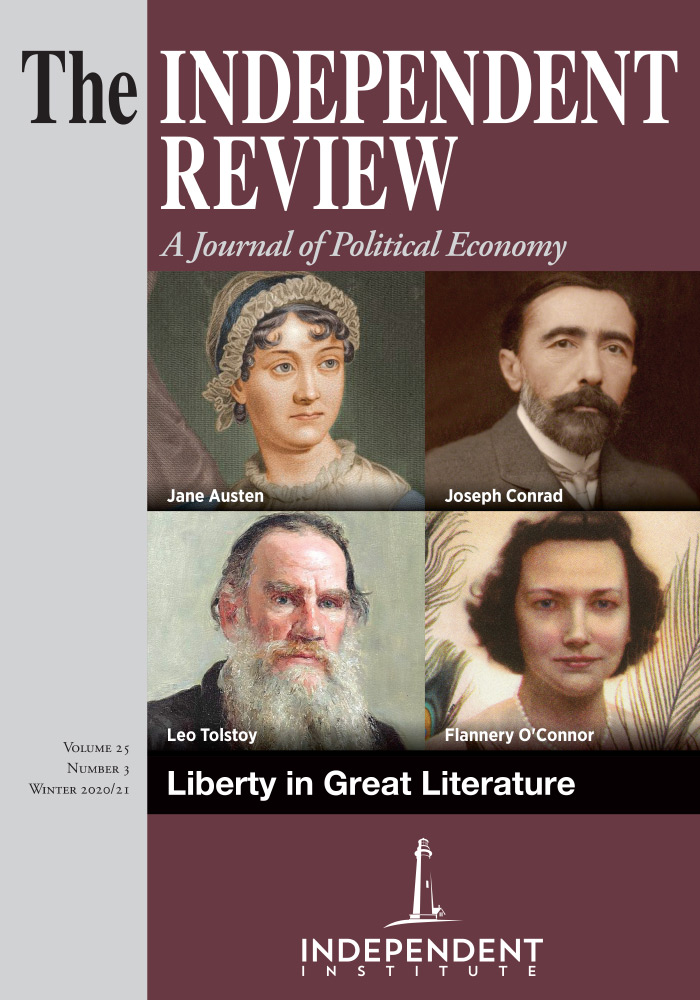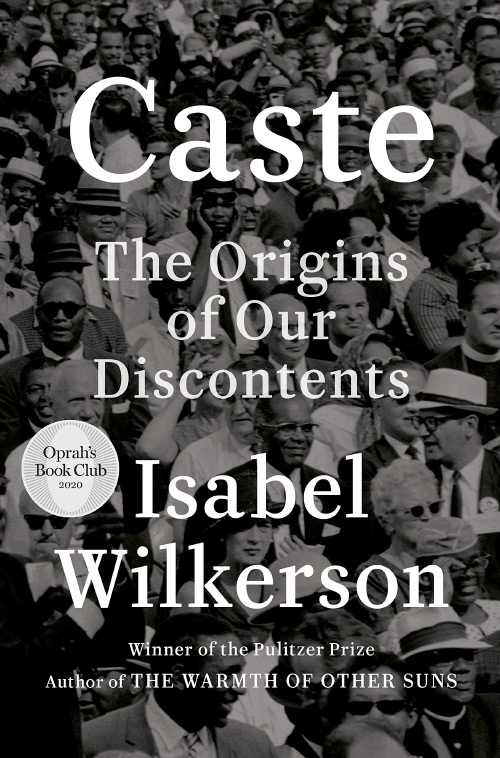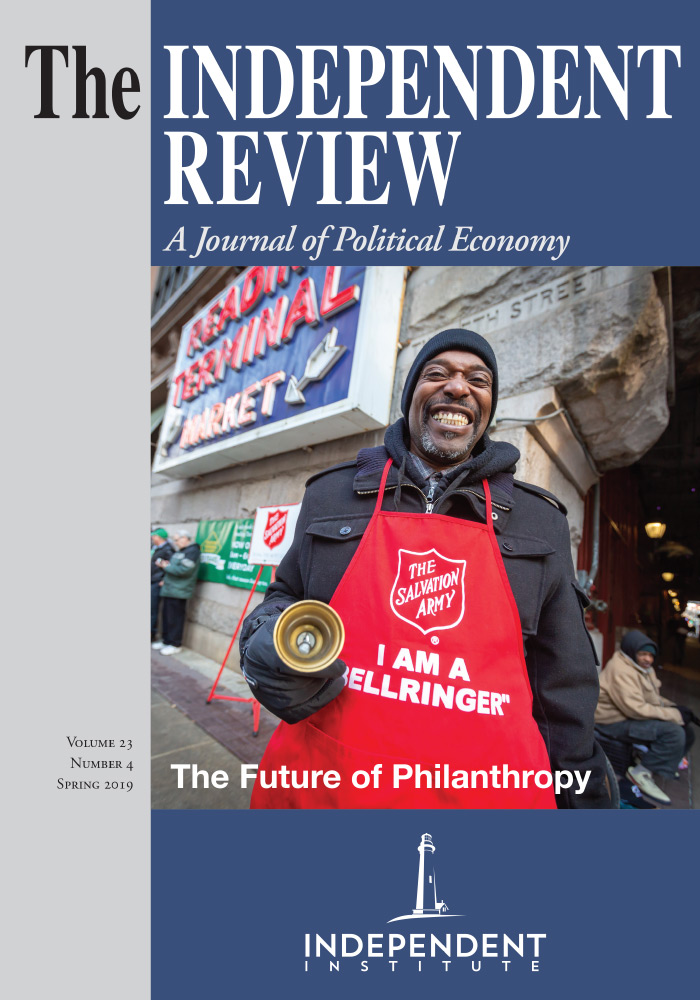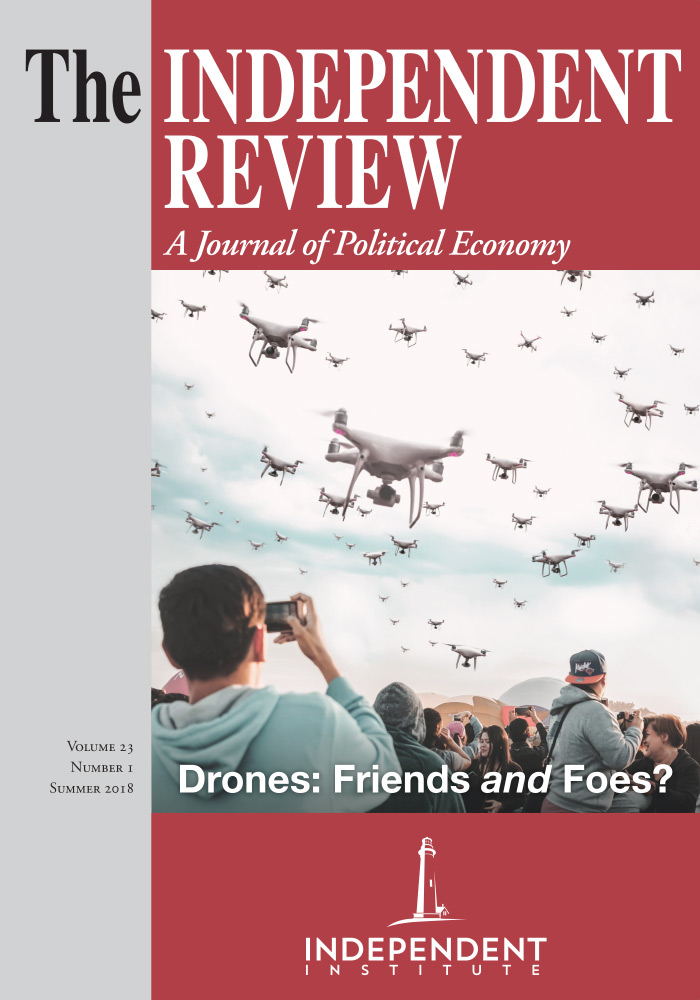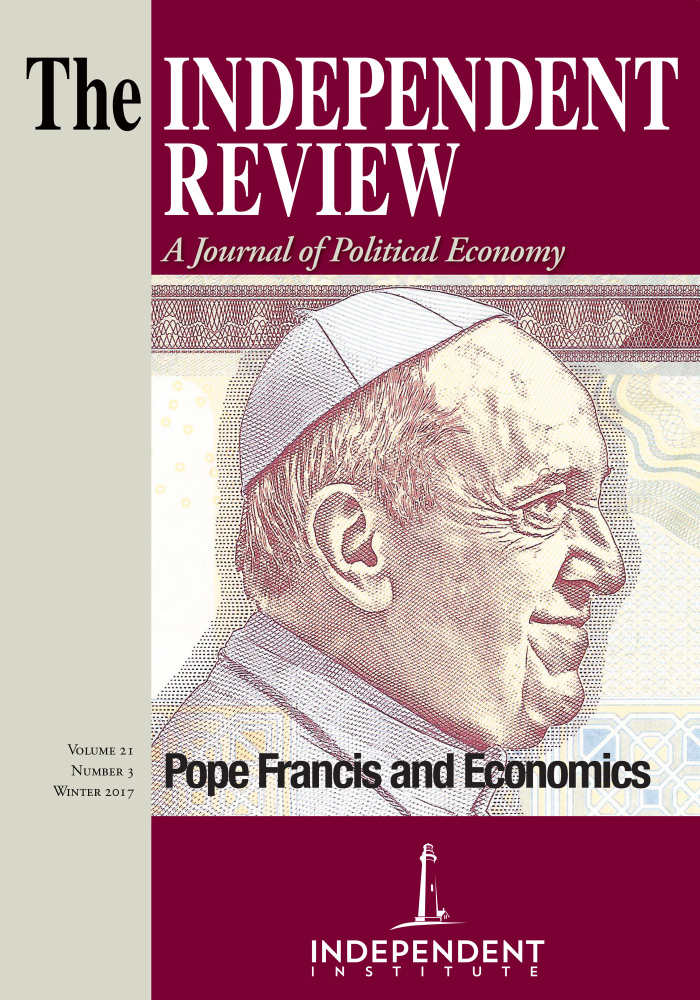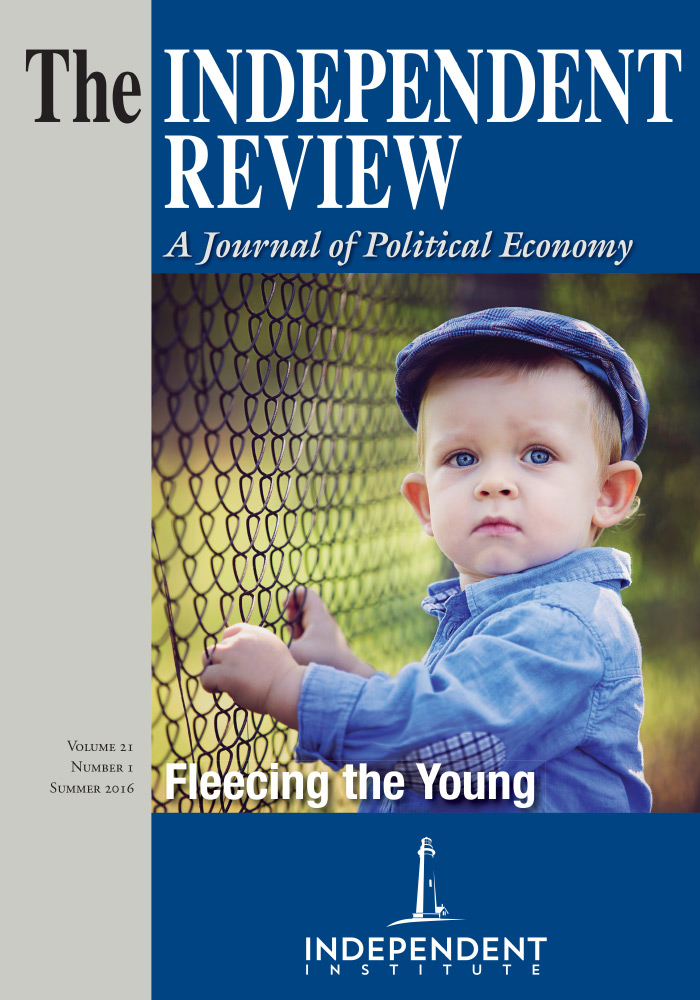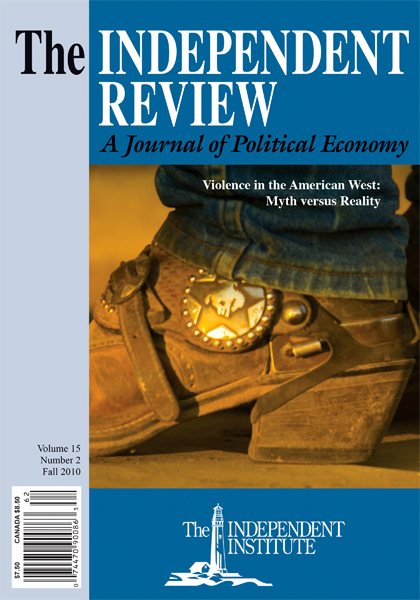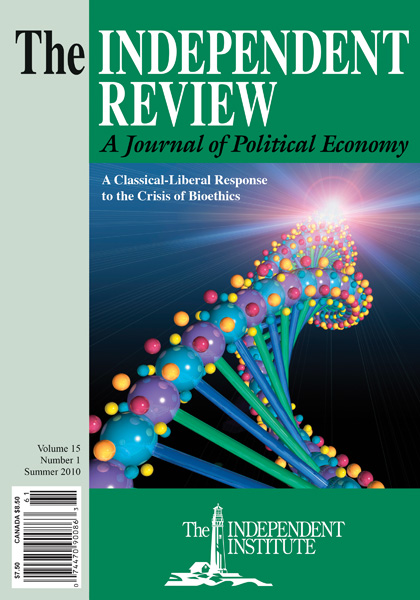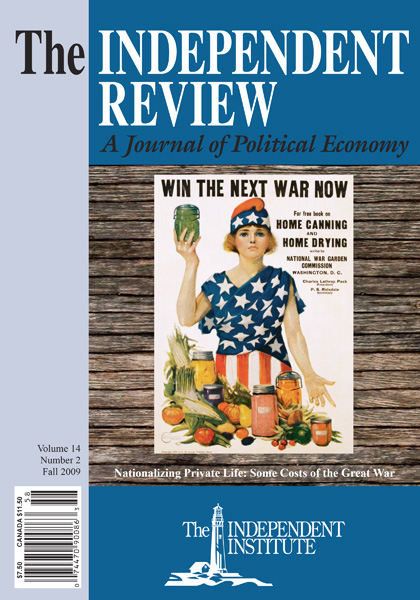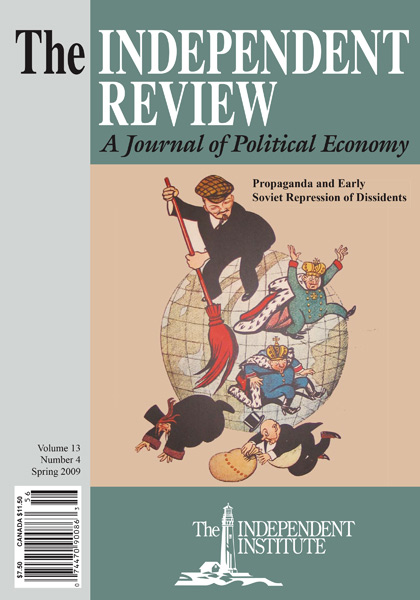Caste: The Origins of Our Discontents is the second book by Isabel Wilkerson, coming a decade after publication of her Pulitzer Prize-winning book, The Warmth of Other Suns: The Epic Story of America’s Great Migration. The difference between these two books reflects the changing narrative about race and race relations in this country over the past ten years. Unlike Warmth, which tells a powerful history of the atrocities committed against black people, Caste adheres to the antiracist and Critical Race Theory narratives that have ascended to the forefront of racial discourse. Instead of racism as overt biases and discrimination against members of a group based on immutable characteristics, it has expanded to include covert negative sentiment toward black people that is systemic, hidden, and deeply engrained within the institutions of our society. Overcoming racism, then, requires not just changing attitudes and behavior, it requires dismantling those institutions.
Wilkerson uses caste as an explanation for this systemic racism. The United States, she argues, has maintained since before its founding a caste system comparable to that of India and the Nazis during their eleven-year reign of Europe. White people make up the dominant caste (a pejorative she uses throughout the book when referencing white people), and black people make up the subordinate caste. In between are other races, including American Indians, Hispanics, Asians and European immigrants. She proceeds to connect through historical narratives the experiences of African-Americans in this country to the Dalits in India and the Jews in Nazi Germany.
Wilkerson identifies eight distinctive traits of casteism derived from work she studied of other caste systems. These “eight pillars” include:
- Divine will
- Heritability
- Endogamy
- Purity
- Occupational hierarchy
- Dehumanization and stigma
- Terror as an enforcement mechanism
- Inherent superiority versus inferiority
The comparison of the U.S. to the Nazis is puzzling and its inclusion here is presumed only for purpose of provocation. Not only did the Nazis exterminate more than six million Jews, they isolated them in concentration camps with the intent of eradicating nearly the entire Jewish population in Nazi-occupied Europe. However, her comparison of India’s caste system to the treatment of blacks in the U.S. is largely legitimate.
Hatred of black people in this country was deeply ingrained and widespread, especially in the South. In the early twentieth century, the torture and lynching of a black person drew large crowds and was considered by many as entertainment. If a black person encountered a white person on a sidewalk, the black person had to step off and walk on the road or face serious repercussions, even death. Blacks were not permitted in pools or even beaches with whites for fear their skin would pollute the water. A black male faced death should he brush up against a white woman, even if by accident. Black people were denied credit, could not hold supervisory jobs over whites, and could not even work alongside whites in many occupations. They were prohibited from attending the same schools as whites, could not be seated in the same sections of restaurants or theaters, and were forced to sit in the back of buses and in special cars on trains, assuming those seats weren’t needed for white people. Black people drank from separate water fountains and not from the fountains with chilled water available to whites. And black people faced severe punishment for failing to address white people as Ma’am and Sir, or Miss and Mister. The evidence is overwhelming that written and unwritten rules in the United States, especially in the South, subordinated black people to white people and exposed them to inhumane and arbitrary treatment.
Caste is Wilkerson’s attempt to weave a common thread connecting this overt racism of the past to what some argue is covert or hidden racism today. Blacks today may not experience the overt racism of the past, but they live within a system where biases and discrimination are hidden and embedded within our institutions. This covert discrimination oppresses black people and keeps them from rising above their status in the subordinate caste.
This connection, however, is specious. The problems African-Americans face today are not the same as what African-Americans faced prior to the civil rights movement. This is not to argue that racism in this country has been eradicated and problems don’t still persist—they do. But the problems today differ in fundamental ways and the causes are far more complex than simply the legacy of caste. Wilkerson’s almost total reliance on analytical narratives and lived experiences as anecdotal evidence to prove this connection ignores hard data that discredits her argument.
For example, among many other metrics, fifty-six members of the 116th U.S. House of Representatives are black, a number proportional to the percentage of the black population in the United States. A total of 120 members are non-white, increasing from nearly zero fifty years ago to roughly 27.5% today. The percentages of all marriages in the U.S. involving interracial couples increased from 3% fifty years ago to 10% today, with 17% of recent marriages involving interracial couples. Eleven percent of all marriages today include a black and white spouse. The percentage of black people older than 25 with a bachelor’s degree or higher increased from less than 5% in 1970 to more than 26% today. Real median household income for blacks increased 41% since 1970, while increasing by just 34% for whites. And median household income for Asians is nearly 28% more than for whites.
Again, this is not to argue that racism does not persist in some forms in this country and elsewhere in the world. Life today for African-Americans, however, is hardly what it was like prior to 1970.
This book is less about promoting racial equality and more about advancing a political agenda. Wilkerson begins the book extolling the virtues of the Democratic party and vilifying Republicans She continues that sentiment throughout the latter fourth of the book. The reader is constantly reminded that Republicans are the party of white people—the dominant caste—and their only objective is maintaining that power structure.
In her discussion of the 2016 presidential election, Wilkerson laments,
“But the woman candidate represented the more liberal party made up of a patchwork of coalitions of, roughly speaking, the humanitarian-minded and the marginalized. The male candidate represented the conservative party that in recent decades had come to be seen as protecting an old social order benefitting and appealing largely to white voters.” (p. 5)
White supremacy, she argues, has been on the rise for decades, culminating in 2016 with the election of Donald Trump. She notes,
“The 2016 election became a remarkable blueprint of caste hierarchy in America, from highest to lowest status, in a given group’s support of the Republicans.”(pp. 330–31)
In describing the demographics of presidential elections since 1964, she notes there has been an increase in the number of poor people and minorities voting for the Democrats. At the same time, she says, an increasing number of white people shifted from voting for Democrats to voting for the Republican candidates. She attributes this shift to white people’s fear of other races and their struggle to maintain superiority and their position as the dominant caste.
To the contrary, Joshua N. Zingher (“Polarization, Demographic Change, and White Flight from the Democratic Party,” Journal of Politics, Vol. 80, No. 3, April, 2018) explains this shift, showing how over the past four decades the Democratic party moved further left on economic issues, causing moderate Democrats to leave the party. His data reveal that this shift is not about race, but about culture and a preference for more free-market policies over more central planning.
Further emphasizing this cultural divide, Wilkerson notes,
“The liberal take was that working-class whites have been voting against their interests in supporting right-wing oligarchs, but that theory diminishes the agency and caste-oriented principles of the people. Many voters, in fact, made an assessment of their circumstances and looked beyond immediate short-term benefits and toward, from their perspective, the larger goals of maintaining dominant-caste status and their survival in the long term. They were willing to lose health insurance now, risk White House instability and government shutdown, external threats from far-away lands, in order to preserve what their actions say they value most—the benefits they had grown accustomed to as members of the historically ruling caste in America.” (pp. 324–325)
So, according to Wilkerson, a vote for a Republican candidate is not about any principle other than maintaining caste status.
Wilkerson uses historical narratives and personal experiences to create false equivalencies between the overt racism of the past and the covert “new racism” of the post – civil rights era. In order to normalize arguments that racism is systemic and hidden everywhere, she tries to force-fit casteism to connect the racism of the past to race relations since 1970 where it doesn’t apply. Not only does her argument strip away the moral agency of black people, it dismisses and demeans the hard work, successes, and contributions black people have made in the past and continue to make today. A black person seemingly can be successful in this country not through perseverance and hard work, but only because they distanced themselves from their own caste and subordinated themselves to an upper caste. In other words, they “acted white.”
A redeeming part of the book is found in chapter 31, where Wilkerson describes her interactions with a plumber whom she had called to find and fix the source of standing water in her basement. Her mother and husband had both died within the prior eighteen months and it had understandably been a difficult period for her emotionally. She describes the plumber, who is white, as somewhat of an uncaring sloth who, unlike the Hispanic HVAC tech who had visited earlier and appeared more attentive to her, failed to help her move boxes in the basement, didn’t make much eye contact with her, and treated her like, well, someone would treat a member of the subordinate caste. Frustrated with his aloofness, she decided to try something different and asked the plumber if he had a mother. She describes the look of sadness that came over the plumber’s face when he told her that his mother had passed away twenty-five years earlier at age 52. She said that this bond over the loss of their mothers immediately changed the tone of their conversation. They started to connect as human beings, having empathy for one another.
When you view society as comprised of only oppressors and the oppressed, when every interaction between two people involves a victim and a victimizer, and if you attribute to nefarious intent instead of leaving open the possibility of ignorance or mistake every action by someone that is an affront to your sensibilities, the world is a very troubling place. We need less blaming of others and more human connectedness in our lives. This book is more about the former and offers little of the latter.
| Other Independent Review articles by Mark Steckbeck | |
| Fall 2022 | Our Own Worst Enemy: The Assault from Within on Modern Democracy |

